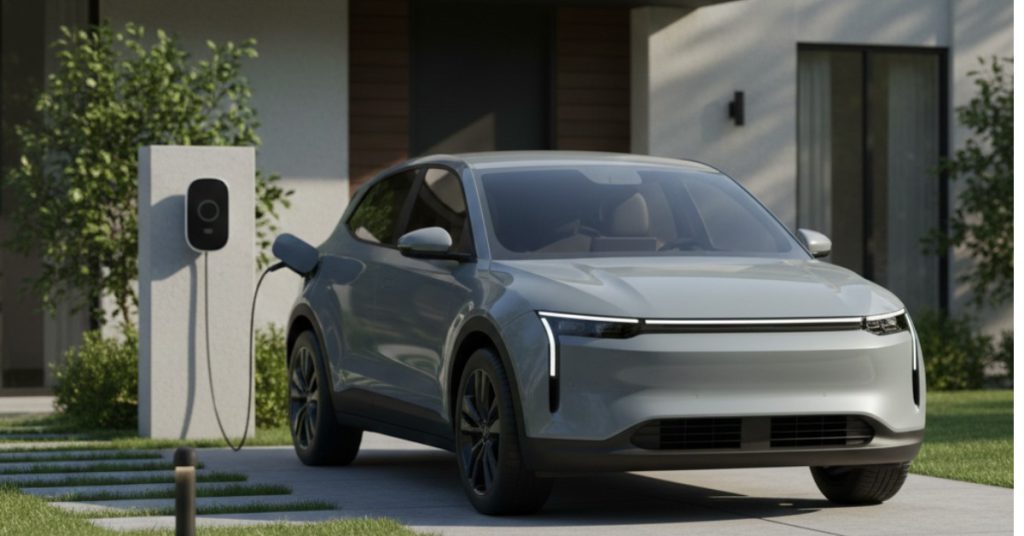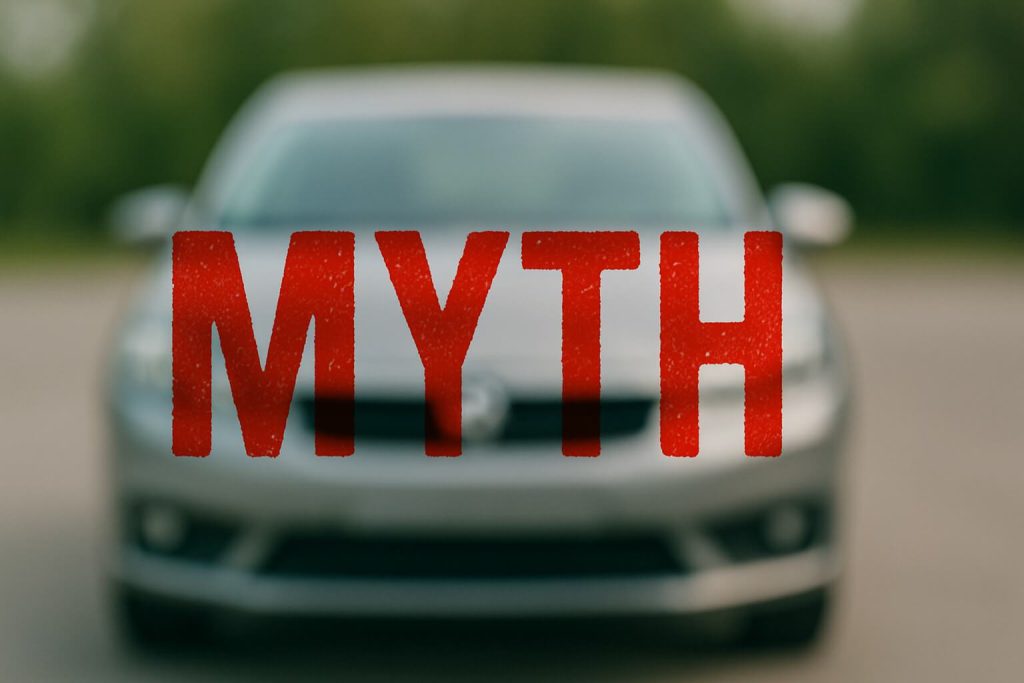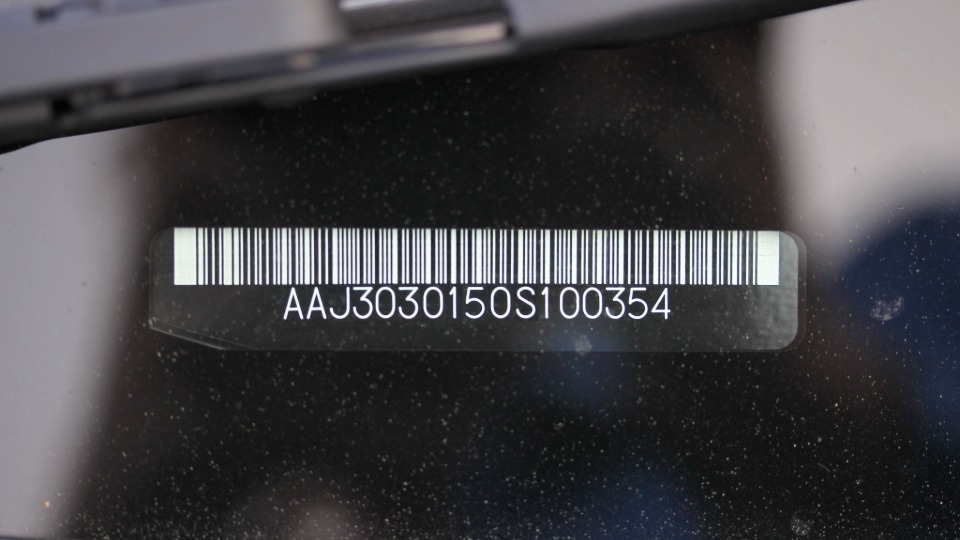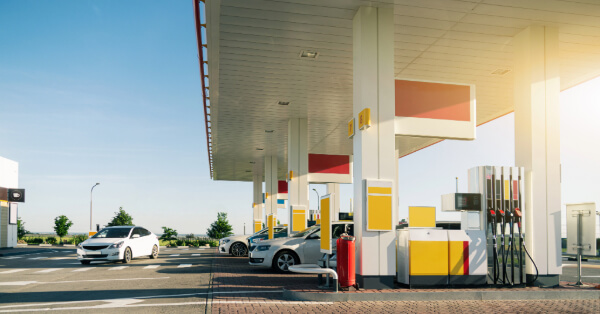🚗 Myth #1: Red Cars Cost More to Insure
Truth: Insurance companies don’t care about your car’s color.
When calculating your premium, insurers focus on measurable risk factors — not aesthetics. What truly affects your rate is the vehicle’s make and model, year, engine size, theft rates, safety features, and most importantly, your driving history and location. Whether your car is red, blue, black, or white makes no difference. So if you’re eyeing that bold red sports car, don’t worry — it won’t cost you more to insure simply because of its color.
⛽ Myth #2: Premium Gas Is Always Better
Truth: Premium fuel only benefits cars designed to use it.
Higher-octane gas doesn’t contain “special” cleaning agents or performance enhancers that make it universally better. Cars that require premium fuel are typically high-performance engines with higher compression ratios — they need the extra octane to prevent knocking. If your car’s manual specifies regular unleaded, filling up with premium won’t improve power, mileage, or longevity. It’ll just drain your wallet faster. Always follow the fuel recommendations in your owner’s manual — that’s what your engine was designed for.
❄️ Myth #3: You Need to Warm Up Your Car for Several Minutes
Truth: Modern engines are ready to drive within seconds.
In the days of carbureted engines, long warm-ups helped prevent stalling. But with modern fuel injection systems, your car adjusts automatically to cold starts. Idling for more than 30–60 seconds wastes gas, increases emissions, and adds unnecessary wear. In cold weather, it’s still smart to give your car a brief warm-up to circulate oil — but the best way to reach optimal temperature is by driving gently for the first few minutes. Long idling? It’s just a myth that costs you fuel and time.
🛢️ Myth #4: Change Your Oil Every 3,000 Miles
Truth: The 3,000-mile rule is outdated for most vehicles.
Decades ago, oil quality and engine design made frequent changes necessary. But today’s synthetic oils and modern engines can last far longer. Many manufacturers now recommend 5,000 to 10,000-mile intervals (or every 6–12 months). Overchanging your oil won’t harm your car, but it wastes money and resources. To know what’s best for your vehicle, check the maintenance schedule in your owner’s manual or your car’s digital maintenance monitor. Trust the manufacturer, not the myth.
🛡️ Myth #5: Bigger Cars Are Always Safer
Truth: Safety is about more than size — it’s about design.
While heavier vehicles can offer more protection in certain crashes, safety depends on crash test ratings, airbag coverage, frame structure, and modern driver-assistance systems like lane-keeping and automatic braking. A new compact SUV with advanced safety features and a five-star crash rating can be far safer than an old, full-size sedan with outdated safety tech. Always check NHTSA and IIHS safety ratings before assuming bigger equals safer.
🔧 Myth #6: You Must Go to the Dealership for Maintenance
Truth: You have options — and your warranty is still protected.
Many drivers believe that only dealership service centers can perform warranty-valid maintenance. That’s not true. The Magnuson-Moss Warranty Act protects your right to choose any qualified mechanic, as long as they use OEM or approved parts and document their work. Independent shops often cost less and offer more personal service. The key is keeping detailed records — receipts, service logs, and parts lists — to show proper maintenance if warranty issues ever arise.
💰 Myth #7: Trade-Ins Always Get You the Best Deal
Truth: Convenience often comes at a price.
Dealerships make trade-ins easy, but their offers usually account for resale margins — meaning you get less than market value. If you want a quick, fair sale, consider alternative options like We Buy Any Car® or private sales. Comparing multiple offers ensures you don’t leave money on the table. Convenience is great — but informed sellers often walk away with more cash.
✅ Final Thoughts
Car myths may have been useful once, but times have changed. Relying on outdated advice can lead to unnecessary expenses or missed opportunities. Modern vehicles are smarter, more efficient, and built with evolving technology — and your decisions should reflect that. Always lean on trusted sources, your owner’s manual, and qualified professionals to guide your car care and selling choices.
When it comes time to sell, remember that convenience and fairness can coexist. Explore your options, ask questions, and stay informed — because the best car decisions start with accurate information.
❓FAQ: Common Car Myths Answered
Does car color affect insurance rates?
No. Insurers care about risk factors — not aesthetics. Your premium is determined by the car’s type, value, safety record, and your driving history.
Is premium gas better for all cars?
Only if your vehicle requires it. Using premium in a car built for regular fuel won’t boost performance or efficiency — it just costs more.
Do I have to warm up my car before driving?
Not anymore. Modern engines are designed for quick starts. Just idle 30 seconds, then drive gently to warm it up naturally.
Do I need to change oil every 3,000 miles?
Usually not. Most newer vehicles can safely go 5,000–10,000 miles between changes. Always follow the manufacturer’s schedule.
Does dealership maintenance protect my warranty?
Not exclusively. Independent shops are fine as long as they use approved parts and keep records.
Are trade-ins the best way to sell?
They’re convenient, but not always the most profitable. Compare trade-in offers with instant buyers or private sales to get the best value.











